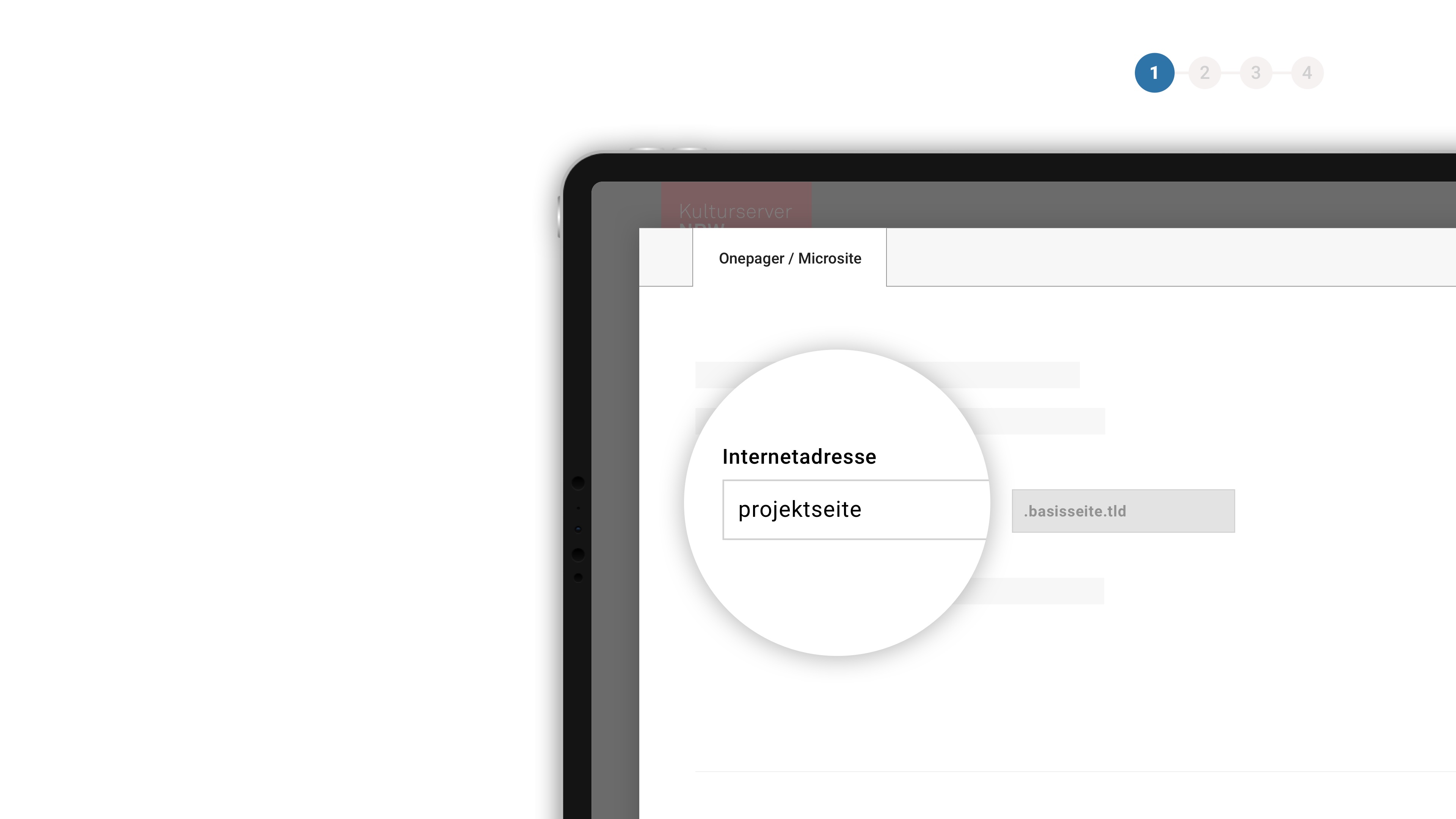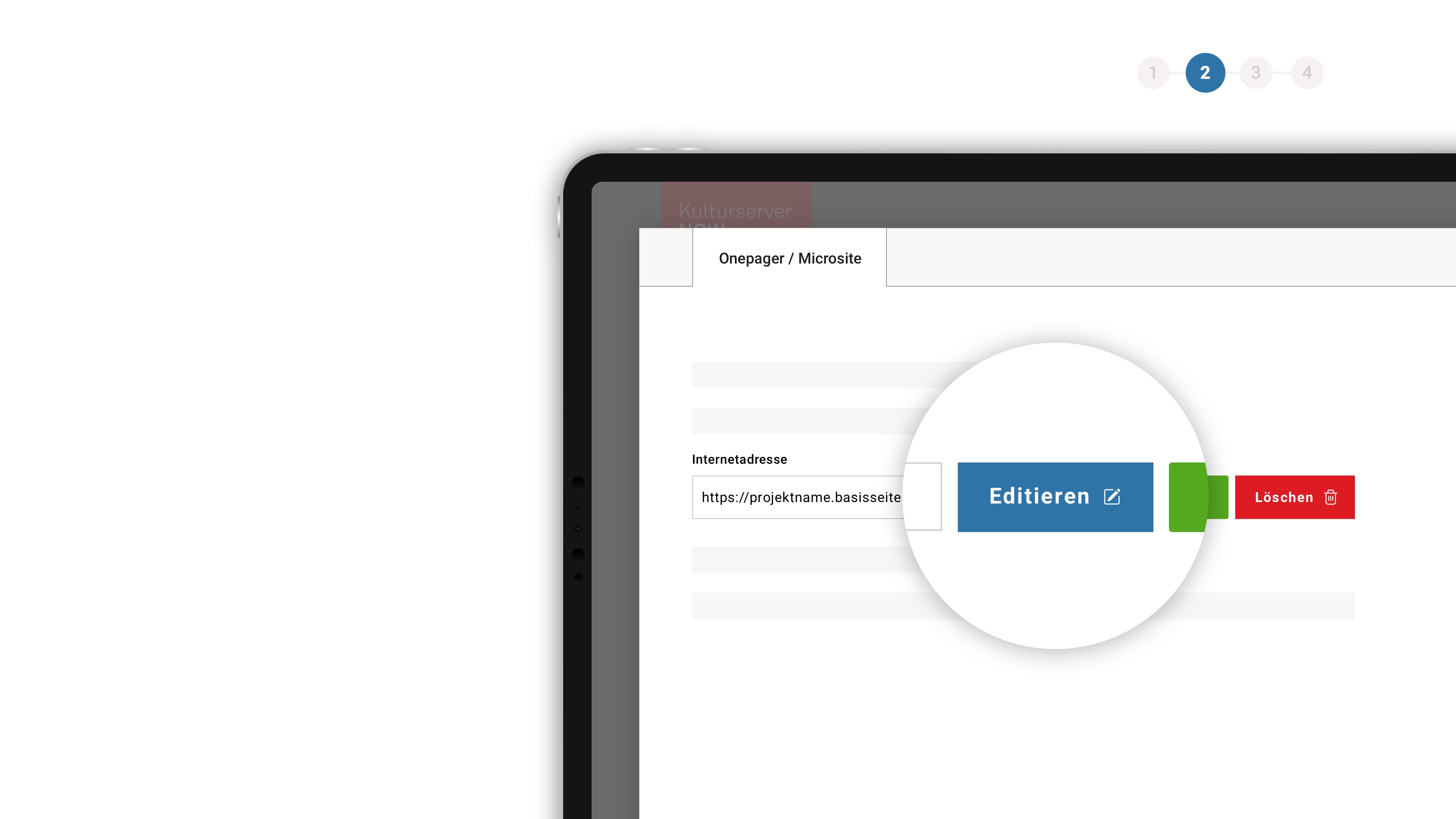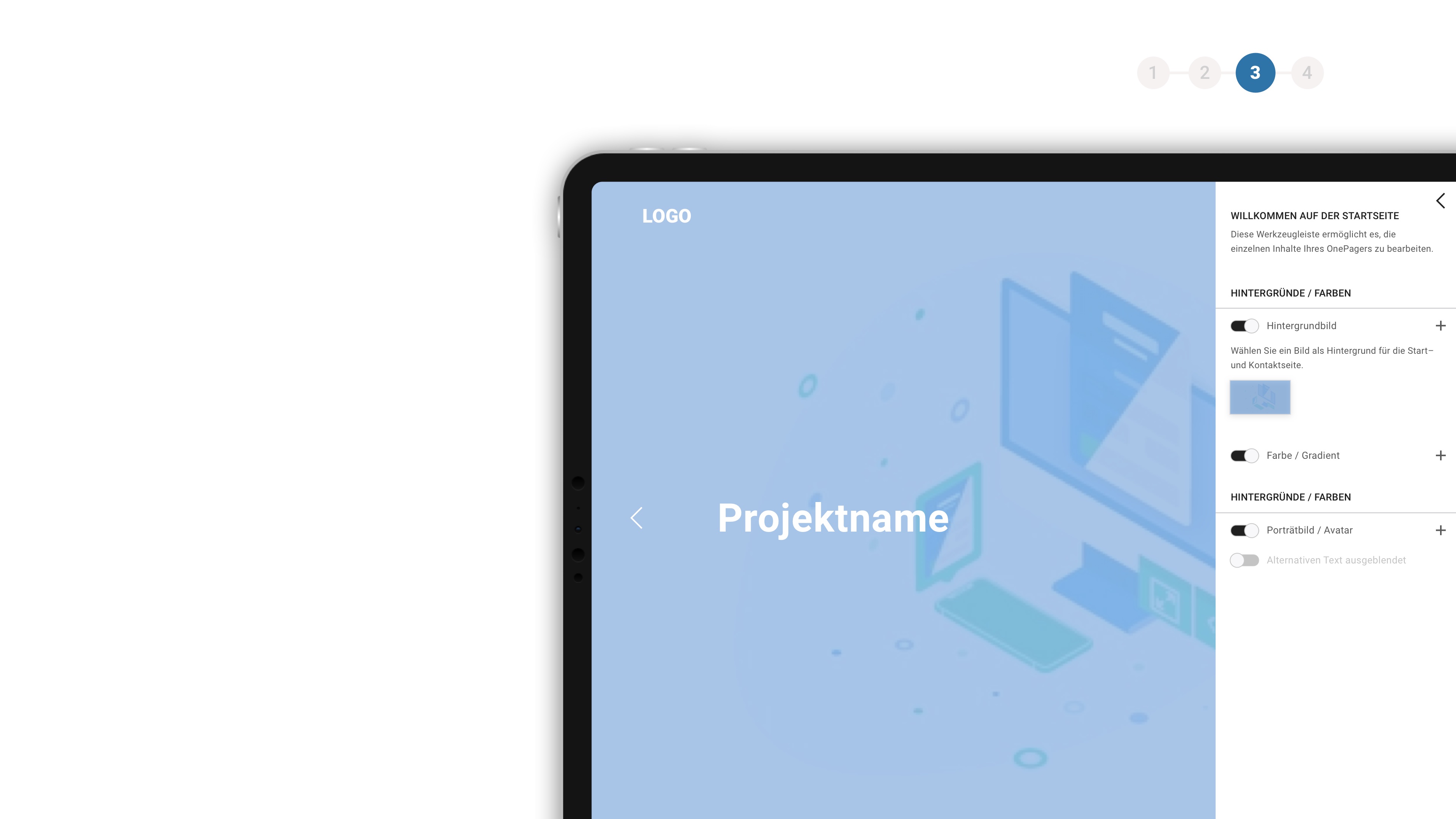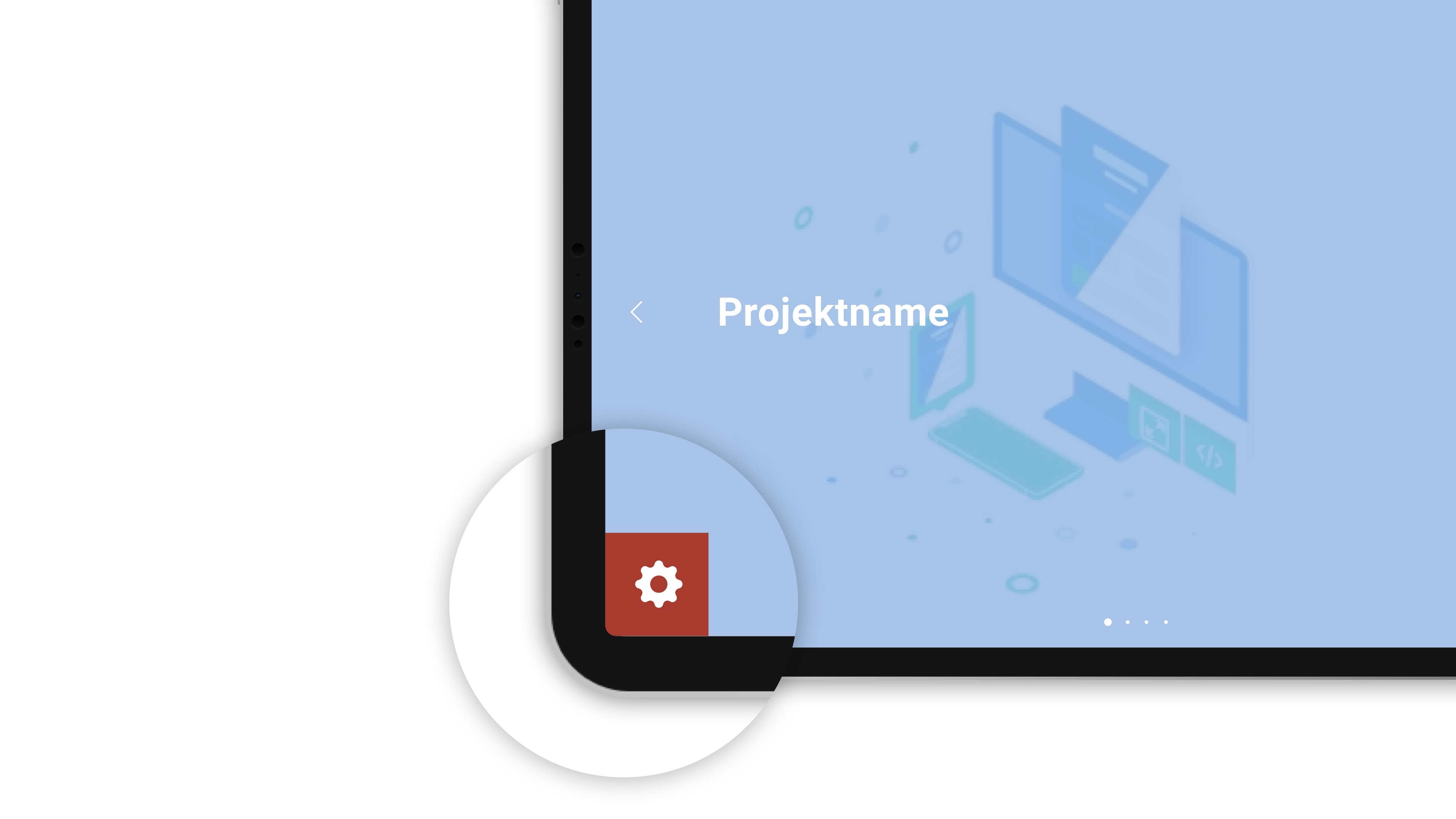Sputnik-Moments of Teleimmersive Cyberarts: The Work of Sherrie Rabinowitz & Kit Galloway
Sputnik-Moments of Teleimmersive Cyberarts: The Work of Sherrie Rabinowitz & Kit Galloway

Sputnik-Moments of Teleimmersive Cyberarts: The Work of Sherrie Rabinowitz & Kit Galloway
Performing Internet Or: How Theatre Came To The Internet #1 With Kit Galloway
Sputnik-Moments of Teleimmersive Cyberarts: The Work of Sherrie Rabinowitz & Kit Galloway

Sputnik-Moments of Teleimmersive Cyberarts: The Work of Sherrie Rabinowitz & Kit Galloway
Performing Internet Or: How Theatre Came To The Internet #1 With Kit Galloway
Sputnik-Moments of Teleimmersive Cyberarts: The Work of Sherrie Rabinowitz & Kit Galloway

Sputnik-Moments of Teleimmersive Cyberarts: The Work of Sherrie Rabinowitz & Kit Galloway
Performing Internet Or: How Theatre Came To The Internet #1 With Kit Galloway
Sputnik-Moments of Teleimmersive Cyberarts: The Work of Sherrie Rabinowitz & Kit Galloway

Sputnik-Moments of Teleimmersive Cyberarts: The Work of Sherrie Rabinowitz & Kit Galloway
Performing Internet Or: How Theatre Came To The Internet #1 With Kit Galloway
Bulletin Board | selected chat postings
Info
Cast / Crew
Sherrie Rabinowitz, Kit GallowayKit Galloway
Esther Slevogt (Kuratorin)
Help & Support
You can find help on our FAQ page . If you have further questions or problems, please contact our Support Team .
Sputnik-Moments of Teleimmersive Cyberarts: The Work of Sherrie Rabinowitz & Kit Galloway
On January 25th, 2022 the presentation of groundbreaking works by media artists SHERRIE RABINOWITZ & KIT GALLOWAY opened the series PERFORMING INTERNET OR HOW THEATER CAME TO THE INTERNET .
In a lecture, Kit Galloway himself, with a lot of original material, gave a complex overview of the work that has been created together with Sherrie Rabinowitz since the 1970s. Martina Leeker introduces the work, Esther Slevogt presents the entire series. The recordings of the presentations are available on demand. Documentaries of the pioneering works "Satellite Arts Project" (1977), "Hole in Space" (1980) and "Electronic Café" (1984) are available on demand.
SHERRIE RABINOWITZ & KIT GALLOWAY
Berlin, in January 2022. On a November evening in 1980, unsuspecting passersby walking past the Lincoln Center for the Performing Arts in New York and The Broadway department store in a Los Angeles shopping mall made a startling discovery. Suddenly, life-size, rear-projected "live" moving images of people appeared on large windows reaching from the ground up. People soon begann to understand to understand, what was happening: They could see and talk with people on the opposite coast of the U.S. There had never been anything like this before. It was still the time when so-called long-distance calls were a costly affair and not easily accessible to everyone. The installation now overcame the distance of 3,000 kilometers with the help of a satellite transmission and enabled a live encounter in real time, as if they met on the same sidewalk.
It was an unheard-of premiere that the two young pioneering telecommunication artists Sherrie Rabinowitz (*1950) and Kit Galloway (*1948) had created – a new kind of virtual community commons that they called a "Public Communication Sculpture". We can hardly imagine in our totally networked world and ubiquitous communication the sensation this project evolved. An event that in media history is comparable to the first film screening by the Lumière brothers: when they showed the first moving images of a train entering a station in 1895. Still today, with our ubiquitous pocked screens and virtual reality headsets, few have ever had the visceral experience of encountering and talking to a life-sized rendering of a family member who is on the other side of the world.
The half-hour documentation of the three days during which the project took place allows the sensations that this experience meant to those, who made it at the time to become very vivid once again.
On the first day, it is a cautious recognition of this completely new kind of live channel: that the images of people appearing on the other side of the window were not a recording, but that people were actually appearing there live and co-present over a distance of several thousand kilometers. By the second day, the news had spread by word of mouth and had also reached the mass media and people began telephoning friends and family so they could meet through the "magic window". On day three there were meetings of people, some of whom had not seen each other for several decades.
This was not the first time Sherrie Rabinowitz and Kit Galloway (S&K) had creatively reimagined conventional media and set out to reveal the implications of multimedia tele-immersive networked world that eventually emerge decades later to transcend space and time. In 1977, with their "Satellite Arts Project," they had for the first time brought together various performing artists from different parts of the U.S. and the world via satellite by combining all of their images and voices together into a single "live" video image, enabling all of them to see themselves co-occupying the same virtual image-space and able to perform, sing, dance, and invent a new kind of world-choreography together in what Rabinowitz and Galloway called "The image as a place", thus making the image as a gathering place possible for the first time. The technology, then prohibitively expensive and completely inaccessible to most of the people, had been provided by the U.S. space agency NASA. Rabinowitz and Galloway had applied for a public tender for the civilian use of this technology. Seven years later Nam June Paik adapted this technical process for works with Merce Cunningham, among others, and became world famous for it. "We didn't want to produce artifacts for the museum or the art market," Kit Galloway says today. "Sherrie and I asked a question: Could there be anything beyond art? Because that is what we wanted to do."
"If the arts are to take a role in shaping and humanizing emerging technological environments, individuals and arts constituencies must begin to imagine at a much larger scale of creativity", S&K formulated their concern in a manifesto in 1984. "We must begin to create at the same scale as we can destroy, or else art, and more dangerously the human spirit and imagination, will be rendered decorative and impotent." (Esther Slevogt)
Kit Galloway about the work of S&K:
In the early 1970’s, the Internet and Computer Bulletin Boards were born and would remain only text-based until the 1990’s. Also in the early 1970’s, Video Art emerged but so did sociopolitical “video Activism.” Sherrie Rabinowitz video interviewed Pam Hardt and our friend Lee Felsenstein. Together they established the “first public computer network” called “Community Memory” in San Francisco in 1972.
Sherrie Rabinowitz (*1950) was with the San Francisco video group “Optic Nerve.” Kit Galloway (*1948) was with the Amsterdam/Paris video & multimedia theatre group “VideoHeads.” Galloway & Rabinowitz (S&K), were not video artists, and like many others, were interested in the yet to be realized potential and implications of a far more “inclusive” multimedia and revolutionary tele-collaborative global networked context. Like many, S&K were also aware of the long legacy of corporate mass-media centralization.
In 1973, Kit had helped Felix Guattari with a video project. During a trip to San Francisco, Felix invited Sherrie to Paris to show American sociopolitical video efforts. And thus, Felix became our matchmaker.
S&K were interested in leaping ahead of the linear progressions of both the arts and industry and set out to creatively reanimate the inadequate and disjointed technologies of their times. Their focus was to reveal the crisis of imagination, resulting from the massive infatuation with becoming part of the mass-media broadcasting of entertainment, and art and artists to what the French call “Tele-spectators.” S&K were not willing to wait for decades just to become end-users of what mass-media networks would produce. On the contrary, they were interested in “the new ways of being-in-the-world“, meaning that they had to creatively systems-integrate the technologies of their times in order to premier best-approximations of the sociopolitical potentials and dangers of corporate ownership and centralization.They focused on creating a diverse series of “exclusively” human-to-human, multimedia tele-immersive environments & tele-collaborative networks.
During their 1984 multimedia and cross-cultural network (Korean, Latinx, Black, and eclectic Beach Community), “Electronic Cafe", S&K turned to old friends from “Community Memory” to help make stand-alone devices like video transmitters, and “shared-screen” tele-writing & drawing tablets - and make them “systems integrated and interoperable” with a computer network and searchable database! This created for the first time, a public/social network with a “keyword searchable pictorial database.” Enabling the public and artists to have their drawings, video photos, and “telewriter-annotated video images,” downloadable! For the first time, a multimedia social computer network finally got beyond the keyboard as the only port of entry into cyberspace - becoming more inclusive and accessible to a vastly larger commons of creativity. AND previewed an approximation of a World Wide Web ten years before it’s time.
Projects:
1977: “Satellite Arts Project”: The first full-screen, shared-screen, tele-immersive, virtual environment. And thus the “SPUTNIK” moment of tele-immersive cyberarts.
1980: “Hole in Space” 1980: The first tele-virtual social community commons.
1982: “ART-COM”: Loyola Marymount University, LA, CA. The first tele-immersive laboratory.
1984: “Electronic Cafe Network”: The first systems integrated & interoperable multimedia computer social network. S&K offered their Electronic Cafe Network to the 1984 "Olympics Arts Festival" as the antidote to Orwell's brilliant and prescient predictions for the future "1984".
1989-2000: "Electronic Cafe International Network", that co-produced “several hundreds” of multimedia and “beyond state-of-the-art” events, including the establishment of an "Annual New Years's Eve, Around-the-World-TELEBRATION", for ten years with friends and collaborators around the world.
Friends and Fellowships:
Close friends of S&K include: Nam June Paik, Felix Guattari, Frank Malina, Christo and Jeanne-Claude, Tim Leary, Mathematician Ralph H. Abraham, Michael Rossman (Berkeley FSM), Lee Felsenstein, John Thomas Draper (Captain Crunch), Jacques Vallée - first ARPANET, David Liddle (Xerox PARC GUI), Cybernetist Heinz Von Foerster introduced S&K to Gene Youngblood, who became their housemate for four years in the late 1980’s.
S&K became Guggenheim Fellows in 1999. “Hole in Space” resides @ Museum of Modern Art, NYC.
Sherrie Rabinowitz passed away in 2013 after a long bout with multiple sclerosis. Kit Galloway moved to a friend’s horse ranch in the High Desert of the Mojave.
Access:
Limited access to the archived “Electronic Cafe International” website: ecafe.com
An online exhibit of S&K’s work, prior to “Electronic Cafe International” (1988-2000), is listed as “Mobile Image” on the plattform for new media art RHIZOME: anthology.rhizome.org/mobile-i...
The Rabinowitz & Galloway Archives is being transferred to Stanford University.
Photos:
"Hole in Space" | Collage Los Angeles/New York City, 1980
"Hole in Space", New York City 1980
Timothy Leary with Sherrie Rabinowitz and Kit Galloway at "Electronic Café", Los Angeles 1984
Sherrie Rabinowitz and Kit Galloway around 2001, Collage with stills and drafts
Copyright: The Rabinowitz & Galloway Archives
*************
This event is the pilot of a series on history and present of theater and liveness on the internet:
PERFORMING INTERNET OR HOW THEATER CAME TO THE INTERNET
curated by Martina Leeker and Esther Slevogt.
Partner
Help & Support
You can find help on our FAQ page . If you have further questions or problems, please contact our Support Team .




comments_intro
No comments have been posted yet